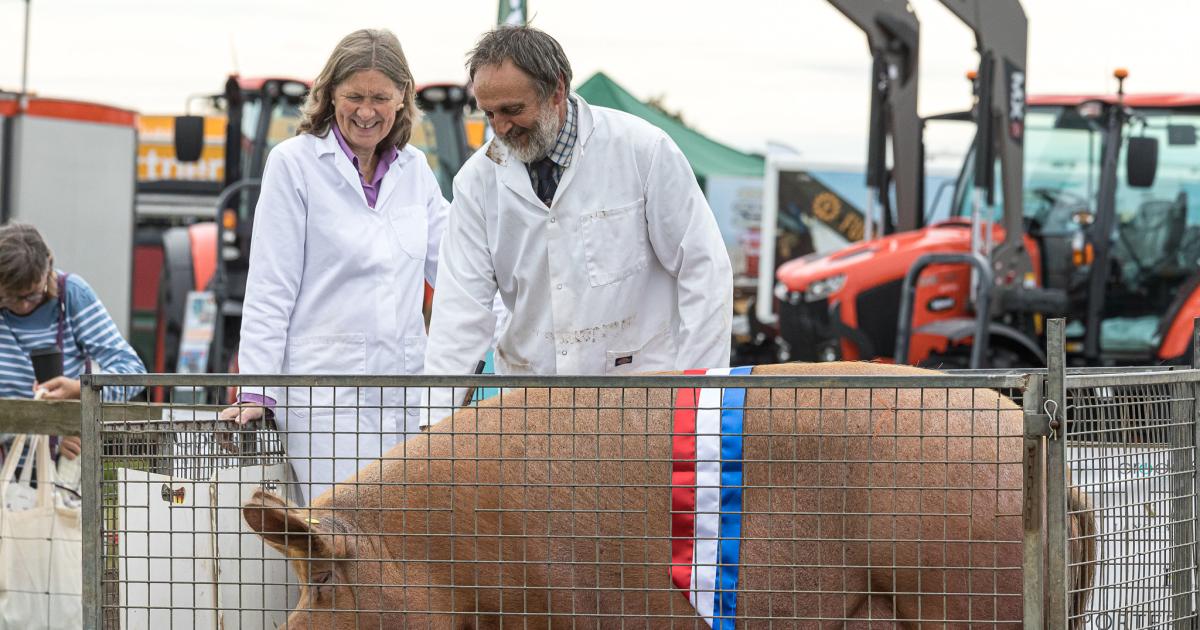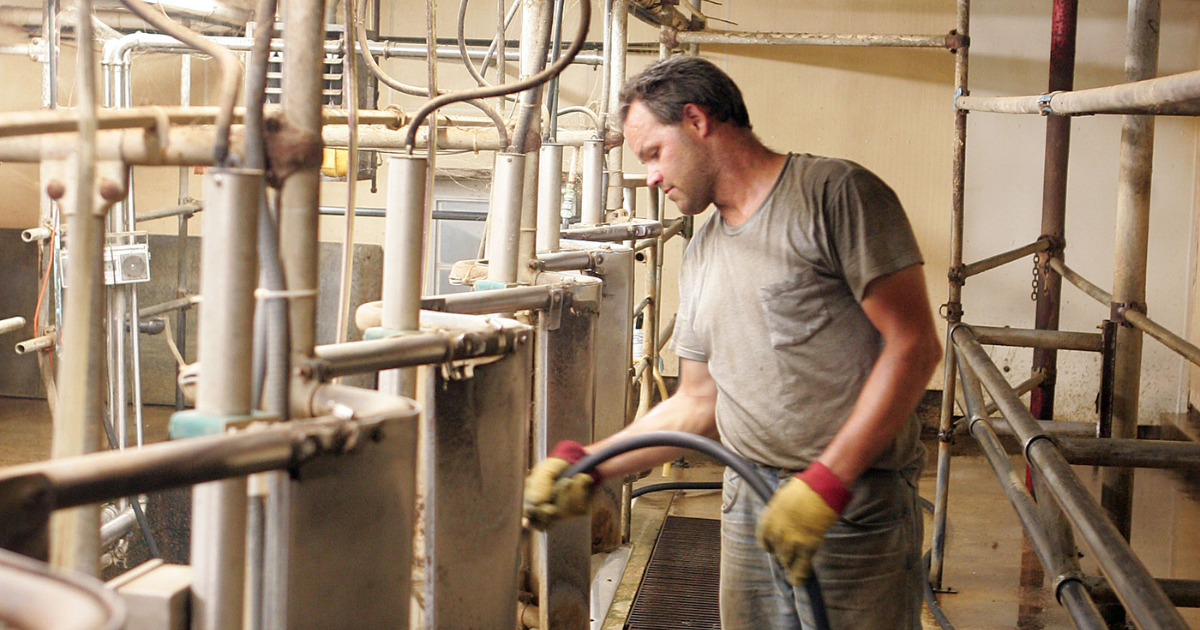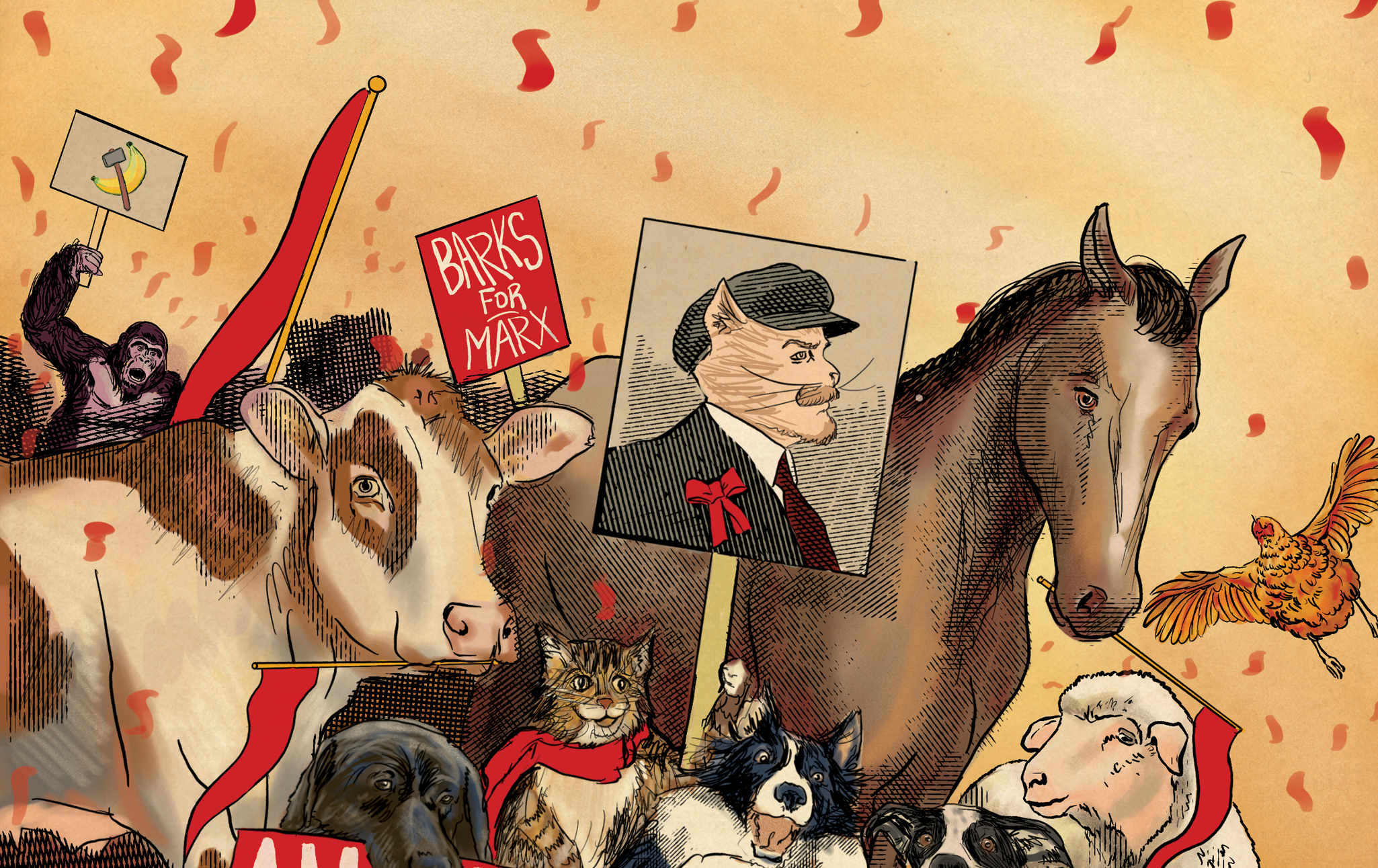

they aren’t looking at what carbon opportunity costs exist if we sequester carbon in other ways, e.g. an equally implausible alteration as ending all animal agriculture and replacing the land used for animal agriculture with carbon sequestration would be to eliminate cars entirely and to replace parking lots with trees
How would you even account for this? You couldn’t count it as part of the carbon opportunity cost of fossil fuels, as some cars are electric. You couldn’t count it as part of the carbon opportunity cost of industry, as the industry that makes the cars is not responsible for constructing the parking lots. You would need to look at every aspect of car culture from mining the materials to manufacturing the cars to constructing the roads and parking lots and determine how much deforestation is involved in every step of the process, which would be no easy feat, especially as the ratio of gasoline to electric cars is now changing relatively rapidly and the footprints of these different types of cars would differ as a result, and then calculate the carbon opportunity cost of cars on the whole as a separate category (which would make the totals add up to more than 100%, as there would be overlap with the footprints of fossil fuels and industry, for examples). If you wanted to calculate ONLY the carbon opportunity cost of the land area used for parking lots not being forested, then that would be a much easier calculation, but it isn’t really fair to criticise Sailesh / Climate Healers or the sources that they cite for not running those numbers; that is a very specific climate footprint to track compared to agriculture, industry, forestry, etc.







Here you can see the numbers without the COC included (X% + COC), so that is a more “apples to apples” comparison…
I haven’t actually done the measurements and repeated all of the calculations, so I can’t verify these or any other numbers, but from what I observe in the world, “common sense” suggests that animal agriculture does in fact have the largest ecological impact. When we consider the aerosol emissions from coal and oil, the ERF (not necessarily GHG emissions) of animal agriculture being greater than that of fossil fuels doesn’t seem like much of a stretch. Ultimately it doesn’t matter so much if the numbers are off; both the exploitation and non-human animals and the burning of fossil fuels will need to end, and the former is much easier to end quickly with minimal disruption to infrastructure.